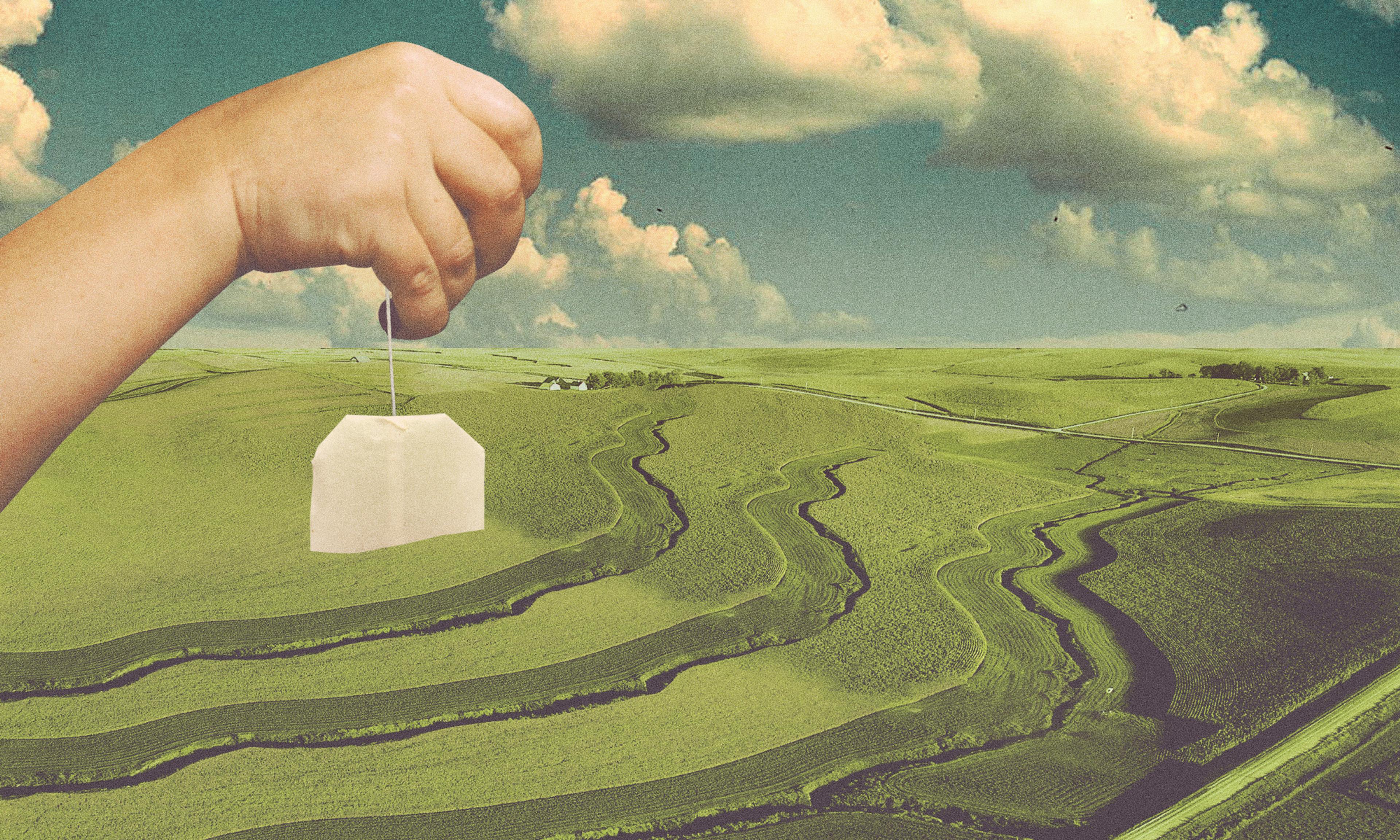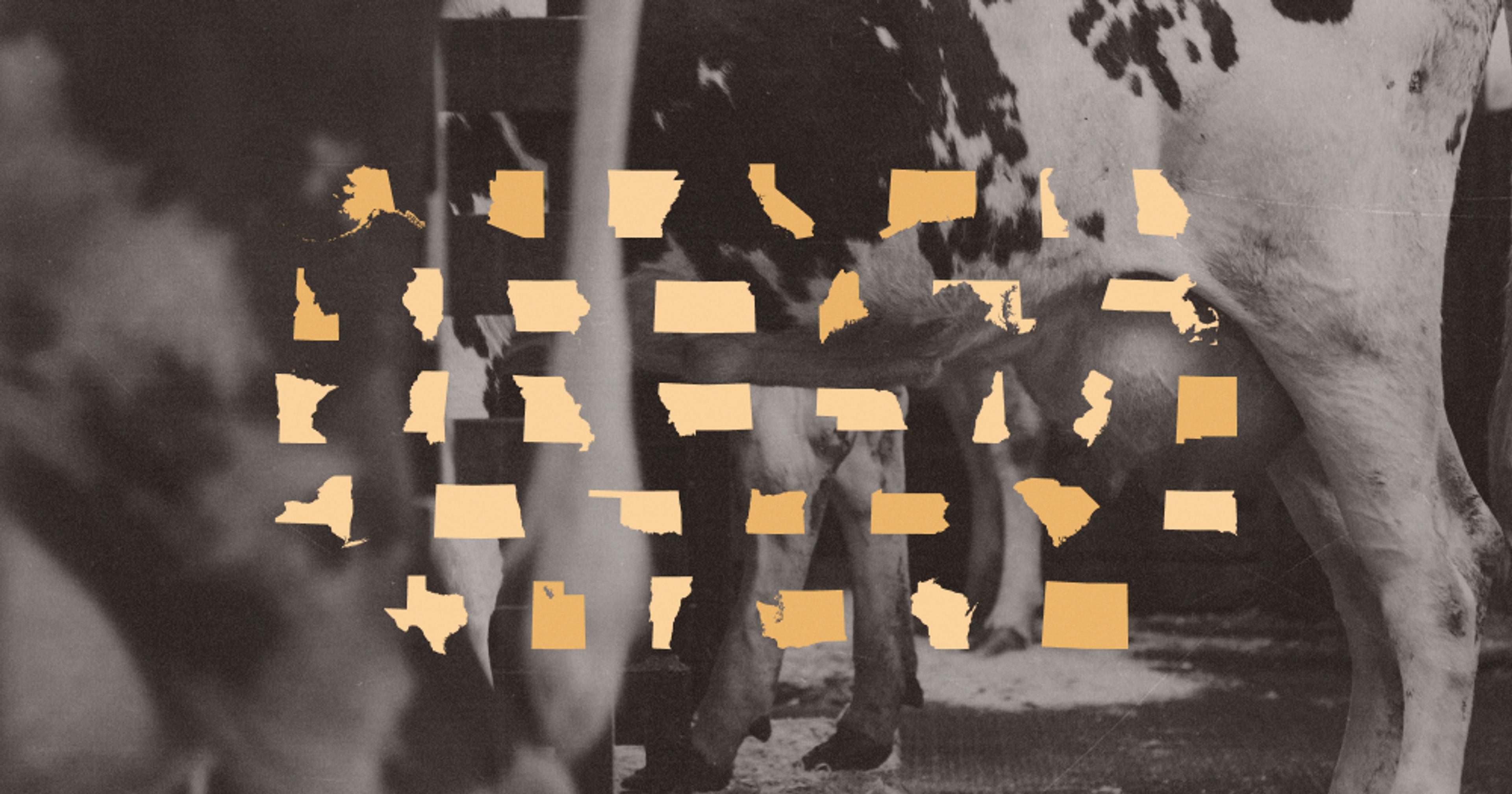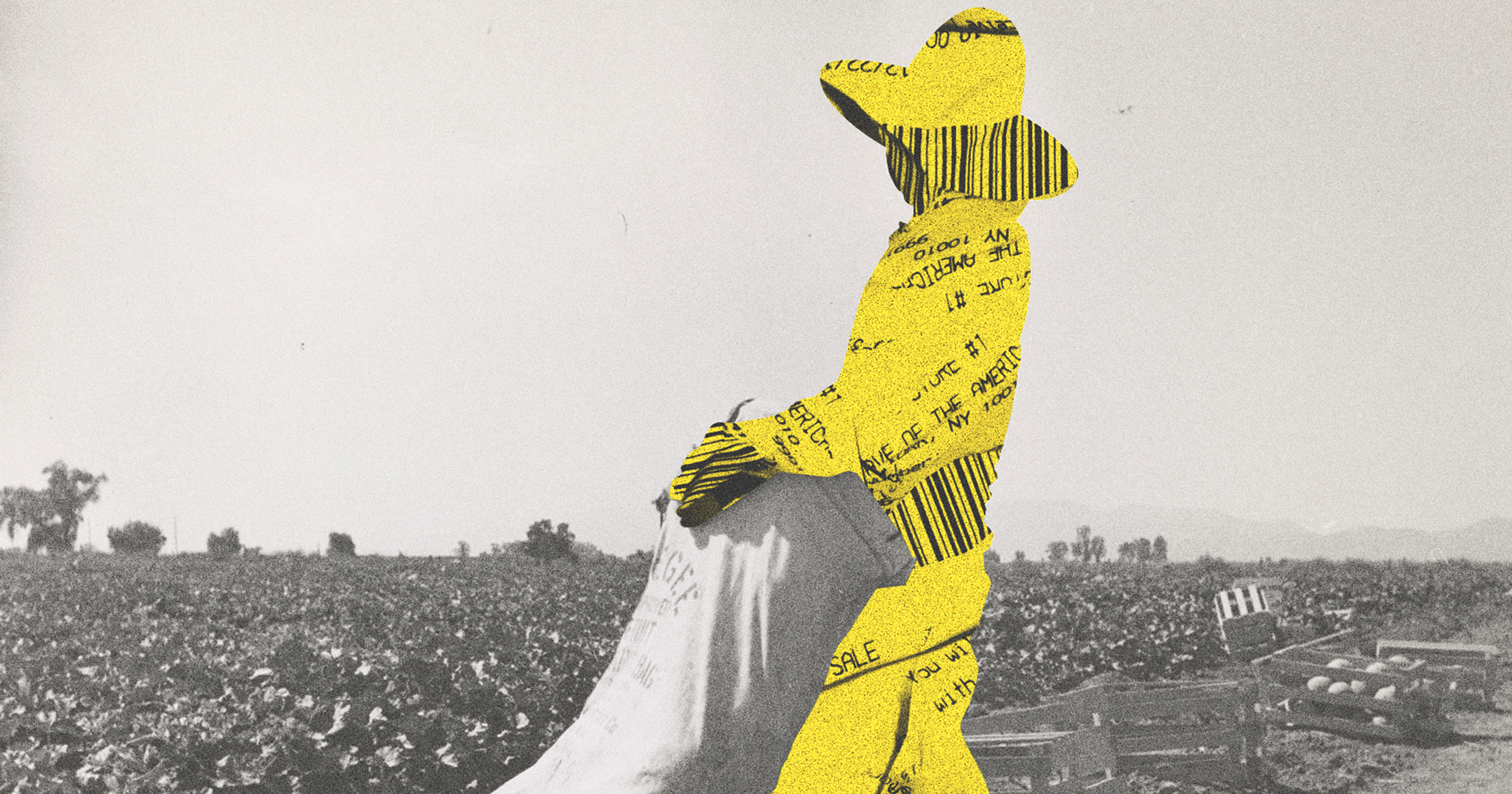Consumers might think green tea is an imported modern trend, but the beverage carries a long, all-American legacy in Midwestern farm country.
To an American in 2024, green tea carries something of an international mystique, tending to be associated with East Asia, with traditional medicine, and with modern wellness trends. It’s certainly not a connection you’d naturally make with the culture of the American Midwest. And in that way, it suffers a bit from what’s called the “Tiffany problem”: an accurate historical detail nevertheless seeming out of place due to modern assumptions about the past (like a Medieval English woman with a name that feels contemporary: Tiffany).
My grandmother, whose name was not Tiffany but Dorothy, was the daughter of Iowa farmers. She grew up on a plot of land her father leased in a small town outside of Cedar Rapids — a legacy that still shapes our family’s identity, even though Dorothy and her children never became farmers themselves.
I’m not a farmer either. I’ve lived my whole life in two of America’s four largest cities, and while I’ve visited the family farmhouse and I go back to Iowa regularly, my grandmother’s stories of life on the farm highlighted the differences between her childhood and mine — which is why an offhand detail about green tea in one of her stories stuck out the way it did.
I’m a tea drinker. I settled on it as a teenager, likely trying on some kind of “sophisticated” Anglophile affectation. But Dorothy liked tea too, and it turns out that she developed her taste for it at a much younger age. As a little girl, in the early half of the 1940’s, she and her sister would sit in their farmhouse kitchen and eat lunch with the farmhands when they came in from the fields. Afterward, they would all share cups of green tea. Not coffee, not black tea — green tea.
I told this story as a little gem of family oddity for years after I first heard it, but it was only much later that I took the time to wonder why Dorothy’s parents would’ve kept green tea in the house. I assumed it must have been difficult to find, some kind of specialty purchase for idiosyncratic palates.
As it turned out, green tea was neither. In fact, green tea — imported first from China and later from Japan — has had a foothold in the U.S. since colonial times. Tea historian Bruce Richardson, who works for the Boston Tea Party Ships and Museum, said that one fifth of the tea thrown into Boston Harbor on the night of December 16, 1773, was green tea. The taste for it was widespread across the country, but nowhere was it stronger — and more resistant to the encroachment of black tea and coffee — than in the Midwest.
Green with Milk and Sugar, by Robert Hellyer, professor of East Asian history at Wake Forest University, takes an in-depth look at the relationship between Japanese tea growers, the Midwestern consumer, and the mercantile apparatus that grew up to connect them. As European settlers arrived in the U.S., they brought with them the tea culture of their home countries — including a taste for green tea, which spread across the growing nation alongside immigrant communities. Enterprising importers and wholesalers quickly sprung up to meet the demand, many of them based in that early hub of rail transport: Chicago.
Hellyer writes that initially, green tea imports to the U.S. came exclusively from China, but a convergence of factors in the mid-19th century caused a shift. Shortfalls in Chinese production, combined with a rapidly growing American population and the development of formal political relations between the U.S. and Japan, opened the door to importing Japanese tea.
“I found a local newspaper in Galva, Illinois, and looking at ads, for example, in the 1890s, you don’t find black tea — you just find green tea.”
I asked Hellyer whether the U.S. also tried to grow its own tea at that time, to guard against fluctuating supply. He told me that the government spearheaded an effort, beginning in the late 1850s. “They hired tea experts,” Hellyer said, “and were looking to bring tea and tea plants into the U.S. That was 1859.” The Civil War disrupted those plans until around 1870, when cultivation began again, primarily in South Carolina. “But … domestically produced tea could never compete that well with Asian tea on price and quality, and it always remained a niche market.” American growers lacked the tea-processing expertise of their East Asian counterparts, and faced higher labor costs — making domestic tea an unsustainable project.
In 1863, The Chicago Tribune reported that the first ship to carry Japanese green tea directly to the U.S. had arrived, docking in New York. Over the next several years, New York tea merchants and Japanese producers alike would consolidate their offerings under a single brand, for simpler advertising: Japan Tea. Using Chicago as a rail hub, Japan Tea spread across the Midwest, eventually starting to edge out Chinese green tea as American sentiment toward China soured.
Japan Tea, then, would’ve made up a large percentage of the green tea that Midwesterners were getting from grocers and specialty shops at the turn of the century, and the tea that my great-grandparents likely grew up drinking. Make no mistake — if it wasn’t coffee they were drinking, it was almost certainly green tea. “I [found] a local newspaper in Galva, Illinois, and looking at ads, for example, in the 1890s, you don’t find black tea — you just find green tea,” Hellyer told me. “So yes, if people were drinking tea in the Midwest at that time, usually, it was going to be green tea.”
This ubiquity lasted until roughly the 1920s. Coffee and black tea had already made inroads elsewhere in the country, and late in the decade, finally began to compete with green tea’s popularity in the Midwest. Given that timeline, it seems that my grandmother’s family were, by the early 1940’s, some of the last green tea holdouts in the region — carrying on a tradition that had been vanishing for at least a decade.
When I spoke to other members of my family, it seemed the tradition of green tea faded rapidly after that point. My mother, the oldest of Dorothy’s children, remembered being told to drink green tea whenever she was sick. But when I asked my aunt, who grew up in the same household, for her green tea memories, she was stumped. Even Dorothy’s younger sister, who was born at the end of World War II, had no recollection of green tea in the house. Black tea after dinner, yes — but green tea, no.
It seems that war with Japan, and the tea-trade disruptions that came with it, represented a turning point for my own family’s tea habits — and it may have put the final punctuation mark on the wider Midwest’s green tea consumption. By the 1950s, American tea culture had both shrunk as a whole, and pivoted toward South Asian black tea.
“Our soil type is the same as some of the tea-growing regions in China.”
In his book, Hellyer tells the story of Galva, Illinois, native Ann Blout, returning in 1959 from a year abroad in Japan. Sixty years prior, Galva newspapers advertised green tea as a staple. On her return, Blout held an open house to showcase some of her souvenirs from Japan — one of which was green tea, served to guests as an exotic novelty. Midwestern tea culture had come full circle.
“I think if we’d had more of a domestic production of green tea, we probably would still have more of a green tea [culture],” said Timmy Gipson, co-owner of Great Mississippi Tea Company (GMTC), founded in 2011. The company has its own thriving tea farm in Brookhaven, Mississippi, which has grown to more than 40,000 plants.
I spoke with Gipson about the experience of starting a tea farm in the U.S., given America’s relative lack of tea-growing history. He told me that much of the guidance that got them off the ground came from, by necessity, international sources. “When we got started looking at that, it was all pretty much overseas,” he said. “We had to find somewhere that was actually doing tea correctly, and doing it well. So most of that was all overseas.”
But even with expertise from abroad, cultivating tea plants in North America presents some unique hurdles. “Some of the aspects are the same, but then there’s some that are vastly different as well,” Gipson said. “Our soil type is the same as some of the tea-growing regions in China,” he said, but a difference in climate means a different kind of growing cycle for American tea plants. In most tea-growing regions, tea plants — Camellia sinensis — are prevented from flowering by managers who check each plant by hand. This way, the plants remain more consistently productive. “Here,” said Gipson, “we don’t actually have control of that, because Camellia plants naturally bloom when they go dormant. And here, they go dormant because we have a winter.”
Gipson and GMTC co-owner Jason McDonald are compiling these idiosyncrasies of American tea growing in order to build a body of knowledge that other growers can benefit from. The pair have helped multiple new farms to enter the scene in the years after they got their own start. “We’re firm believers that the more the industry knows and is able to flourish,” Gipson said, “the better we’ll all be.”
Part of tea’s enduring appeal is that, as a genuinely ancient tradition, it offers us a way of connecting with our ancestors. When I embraced tea as a suburban teenager, I couldn’t have imagined it would bring me closer to my Iowa farming roots.
In every era, though, tea has also been a tool for building bridges among contemporaries. Whether it’s bringing together neighbors across a street or farmers across an ocean, tea is making the world at once both larger and smaller than we think.










